Continuing the topic, “What is your evidence?” , look at the problem of mathematical modeling on the other hand. After we have ascertained that the model corresponds to the home-made truth of life, we can answer the basic question: “what, in fact, do we have here?”. Creating a model of a technical object, we usually want to make sure that this object will meet our expectations. For this, dynamic calculations of processes are carried out and the result is compared with the requirements. This is a digital double, a virtual prototype and more. fashionable shnyah who at the design stage solve the problem of how to make sure that we get what we planned.
How can we quickly make sure that our system is exactly what we are designing, will our construction fly or float? And if it flies then how high? And if it floats, then how deep?
This article discusses the automation of verifying the requirements of a technical building when creating dynamic models of technical systems. As an example, let's look at an element of the technical specifications for the air cooling system of an aircraft.
We consider those requirements that can be expressed numerically and verified mathematically based on a specific calculation model. It is clear that this is only part of the general requirements for any technical system, but it is on their verification that we spend time, nerves and money on creating dynamic models of the object.
, .
, , :
- :
− 35 35 º,
− 35 39 º. - − 700 1013 ( 526 760 . .).
- − 754 1200 ( 566 1050 . .).
- :
− 27 º, − 29 º,
− 25 º, − 27 º. - :
− 708 /,
− 660 /. - − 60 º.
- − 2 / .
, - :
, .
, .
, . , .
. .
, , , , , , , . ( )
1 .
- R- ;
- – – ,
S — ; - 0 – , G – , F – ;
- T – , P – , G – , H;
- .
.
. , . . , . , – .
– , , . , SimInTech , , ( , , ..).
. .
1.
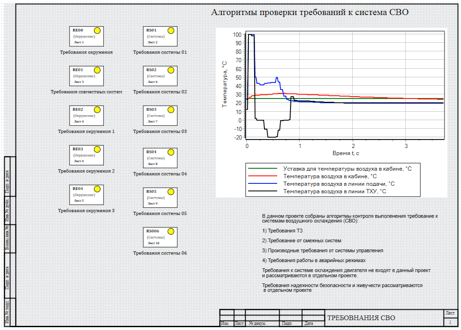
1. .
. SimInTech, Simulink, AmeSim . , (. . 2).
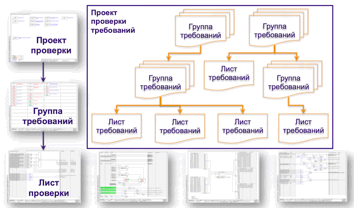
2. .
, : . : , .
, .
( ), .
, , .
The dynamic model itself in this case can be performed in any mathematical modeling system or even in the form of an executable program. The only requirement is the availability of program interfaces for the output of modeling data to the external environment.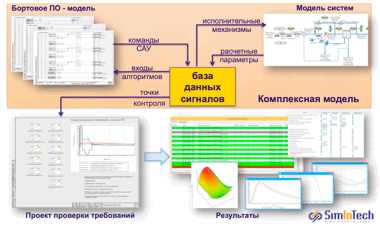
Figure 3. Connection of the verification project to the integrated model.
An example of a basic requirements check sheet is shown in Figure 4. From the developer's point of view, it is a usual calculation scheme, in which the requirements check algorithm is presented in graphical form.
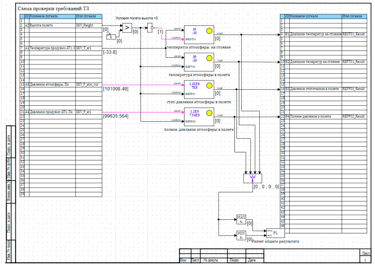
Figure 4. Requirements verification sheet.
The main parts of the check sheet are described in Figure 5. The check algorithm is formed similarly to the design schemes of control algorithms. On the right side is the block for reading signals from the database. In this block, the signal database is accessed during simulation.
. ( ). .
, . , .
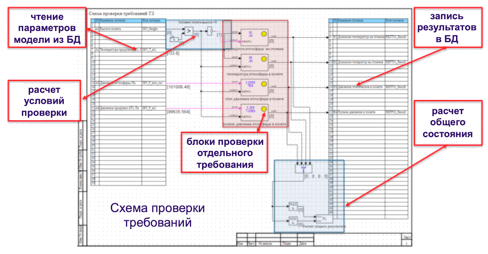
5. .
, , , . , .
, :
5, 30 .
.
.
. , . ./p>
, param condition.
. « ».
– .
TRUE (1), .
FALSE (0), . , . , . , , – , , .
, . , , , .
:
- : (UpLimit) (DownLimit) , ;
- (TimeInterval) ;
- ReqName;
- Out_range – , , .
, . , .

6. .
Result, :
- 0 – rNone, ;
- 1 – rDone, ;
- 2 – rFault, .
:
.
, , 6, 7.
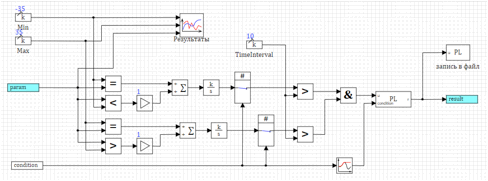
7. .
, .
, . , .
, . (. . 8)
, , html, . , .
, .
, . , .
, . (. . 8)
, , html, . , .

8. .
, . SimInTech , .
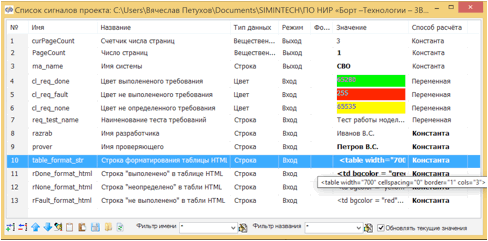
9.
.
. (. . 10)

10. .
, :
, 11.
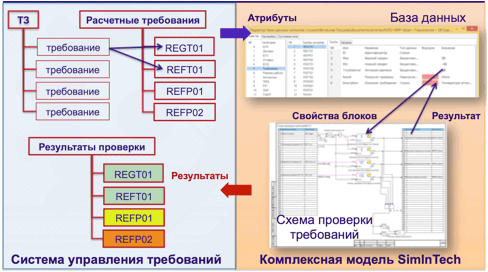
11. .
SimInTech :
- .
- , .
- SimInTech (, ).
- , .
- .
3 — 5 , () , , .
.
, .